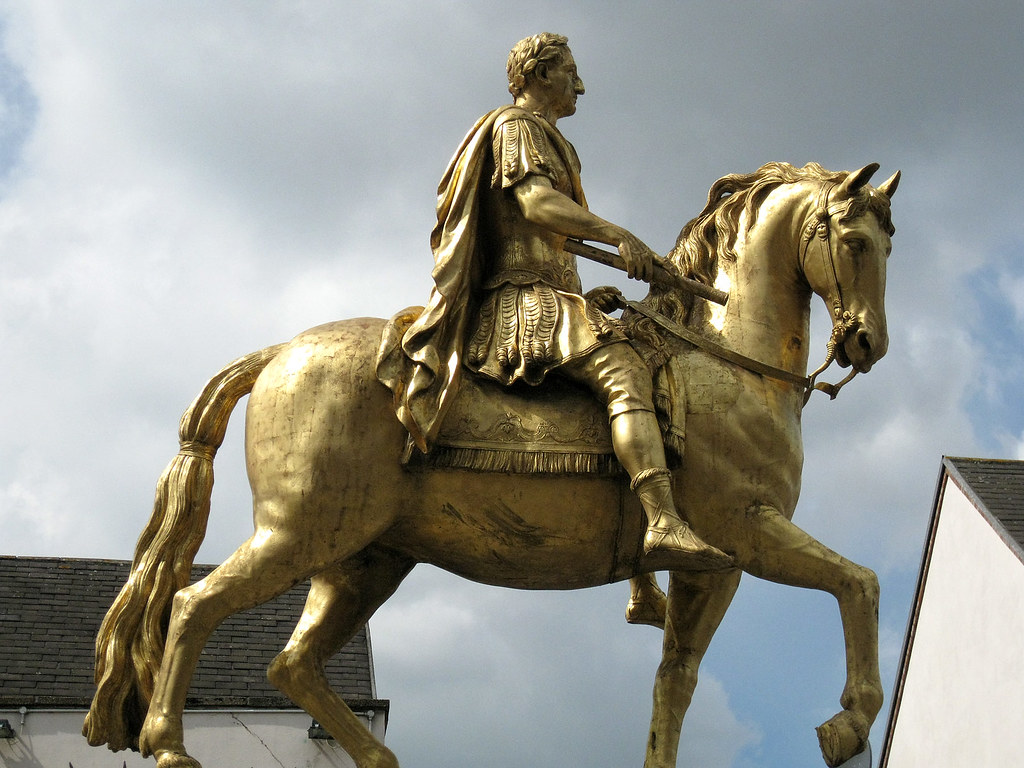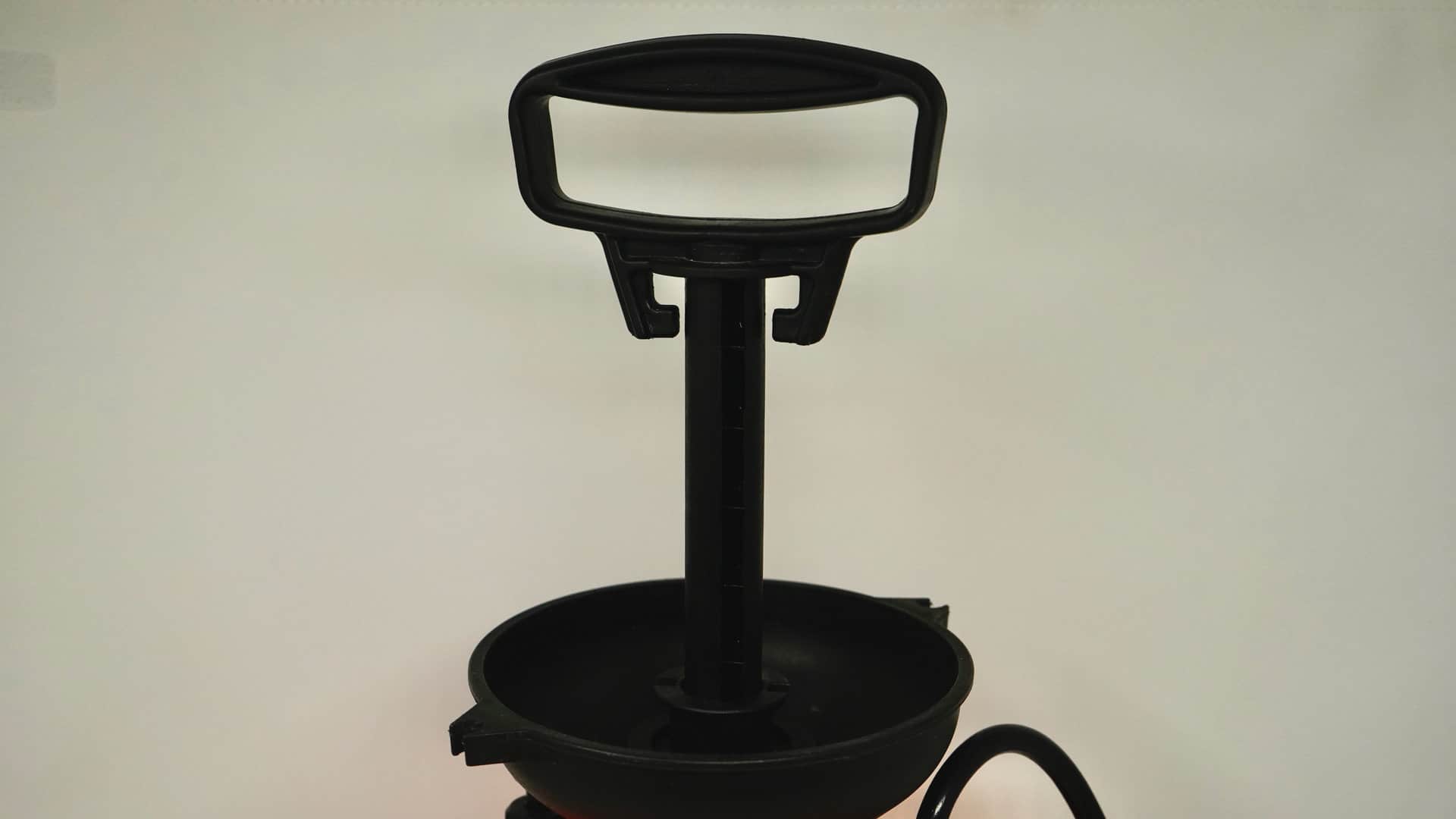
The King William III statue is a significant landmark that holds immense historical and cultural value. Situated in the heart of [location], this impressive statue pays homage to King William III, also known as William of Orange, who reigned as King of England, Scotland, and Ireland in the late 17th century. The statue stands tall, gazing across the cityscape, serving as a reminder of a pivotal period in history.
As we delve into the enigmatic facts surrounding the King William III statue, we are transported back in time to explore the intriguing stories and symbolism hidden within this magnificent monument. From its captivating design and intricate craftsmanship to the controversies and myths surrounding its creation, the King William III statue is a treasure trove of secrets waiting to be uncovered. So, let us embark on a journey to unravel the mysteries and uncover the lesser-known aspects of this iconic landmark.
Key Takeaways:
- The King William III statue is a symbol of history and art, standing tall for centuries and inspiring artists and writers with its enigmatic allure.
- Surrounded by a rich historical neighborhood, the statue serves as a gathering spot for locals and tourists, captivating all who behold it with its enchanting glow at night.
A Symbol of Great Historical Significance
The King William III statue holds a prominent place in history, symbolizing the legacy of King William III of England. This iconic bronze statue serves as a visual representation of the monarch’s influential reign and the significant events that occurred during his rule.
Standing Tall for Centuries
The statue has stood the test of time, remaining a steadfast presence for over several centuries. Since its unveiling on [date], the King William III statue has withstood the elements, reminding visitors of the enduring appeal of historical landmarks.
A Marvel of Artistic Craftsmanship
The King William III statue is a remarkable example of artistic craftsmanship. Its intricate details, from the meticulously sculpted features of King William III to the intricate engravings on the base, showcase the skill and talent of the artists who brought it to life.
Witness to Momentous Events
Throughout its existence, the King William III statue has borne witness to numerous momentous events. From grand ceremonies to protests and demonstrations, it has stood as a silent observer of history, embodying the spirit of the time.
A Controversial Figure
King William III himself was a polarizing figure in history, and the statue honoring him has not been immune to controversy. Its presence has sparked debates and discussions about the interpretation and representation of historical figures in modern society.
A Gathering Spot for Locals and Tourists
The King William III statue has become a popular gathering spot for both locals and tourists alike. Its grandeur and historical significance make it a compelling attraction, drawing people from all walks of life to marvel at its beauty and immerse themselves in its rich history.
Subject to Restoration and Preservation Efforts
Over the years, the King William III statue has undergone various restoration and preservation efforts to maintain its original glory. These endeavors demonstrate the commitment to preserving historical landmarks for future generations to appreciate and admire.
An Inspiration for Artists and Writers
The King William III statue has served as a muse for countless artists and writers, inspiring works of art, literature, and even poetry. Its majestic presence and enigmatic aura have captivated creative minds, fueling their imagination and giving rise to extraordinary creations.
A Focal Point for Commemorative Events
The King William III statue often serves as the focal point for commemorative events that celebrate historical milestones or honor significant individuals. Its grandeur and prominence make it an ideal location for such solemn occasions.
Surrounded by a Rich Historical Neighbourhood
The King William III statue is situated in a neighborhood steeped in history. Surrounding landmarks, historic buildings, and cobblestone streets create an immersive experience that transports visitors back in time, enhancing the allure of the statue itself.
Illuminated by Night, Enchanting All Who Behold
When the sun sets, the King William III statue is bathed in a captivating glow, thanks to strategically placed lighting. This enchanting sight bewitches all who behold it, adding a touch of magic to the already mesmerizing appeal of this iconic landmark.
A Symbol of Unity and Legacy
Above all, the King William III statue stands as a symbol of unity and legacy. It transcends individual perspectives and reminds us of our shared history, calling on us to reflect upon the past and collectively shape the future.
Conclusion
In conclusion, the King William III statue is not just a monument but a symbol of history and cultural significance. Its enigmatic nature and intriguing facts make it a fascinating landmark to explore. From its symbolic representation to the controversy surrounding its design, there is much to discover and appreciate about this iconic statue.
Whether you are a history enthusiast or simply interested in exploring landmarks, the King William III statue offers a unique and thought-provoking experience. So, next time you find yourself near this impressive monument, take a moment to appreciate its beauty and unravel the mysteries that surround it.
FAQs
1. Who is King William III?
King William III, also known as William of Orange, was the Dutch Stadtholder who became the King of England, Scotland, and Ireland in 1689. He played a significant role in the Glorious Revolution and is remembered for his impact on British history.
2. Where is the King William III statue located?
The King William III statue is located in Trafalgar Square, London, UK. It stands proudly in front of the National Gallery, making it a prominent landmark for visitors and locals alike.
3. What does the King William III statue represent?
The statue represents King William III on horseback, symbolizing his contributions to the British monarchy and his role in shaping the nation’s history during the late 17th century.
4. Is the King William III statue controversial?
Yes, the statue has faced controversy throughout its history. It has been a focus of protests and discussions surrounding Britain’s colonial past, as well as debates about the representation of historical figures and their actions.
5. Can visitors get close to the King William III statue?
Yes, visitors can get reasonably close to the King William III statue as it is situated in a public space. However, there may be restrictions or safety measures in place depending on the time and circumstances.
Was this page helpful?
Our commitment to delivering trustworthy and engaging content is at the heart of what we do. Each fact on our site is contributed by real users like you, bringing a wealth of diverse insights and information. To ensure the highest standards of accuracy and reliability, our dedicated editors meticulously review each submission. This process guarantees that the facts we share are not only fascinating but also credible. Trust in our commitment to quality and authenticity as you explore and learn with us.


